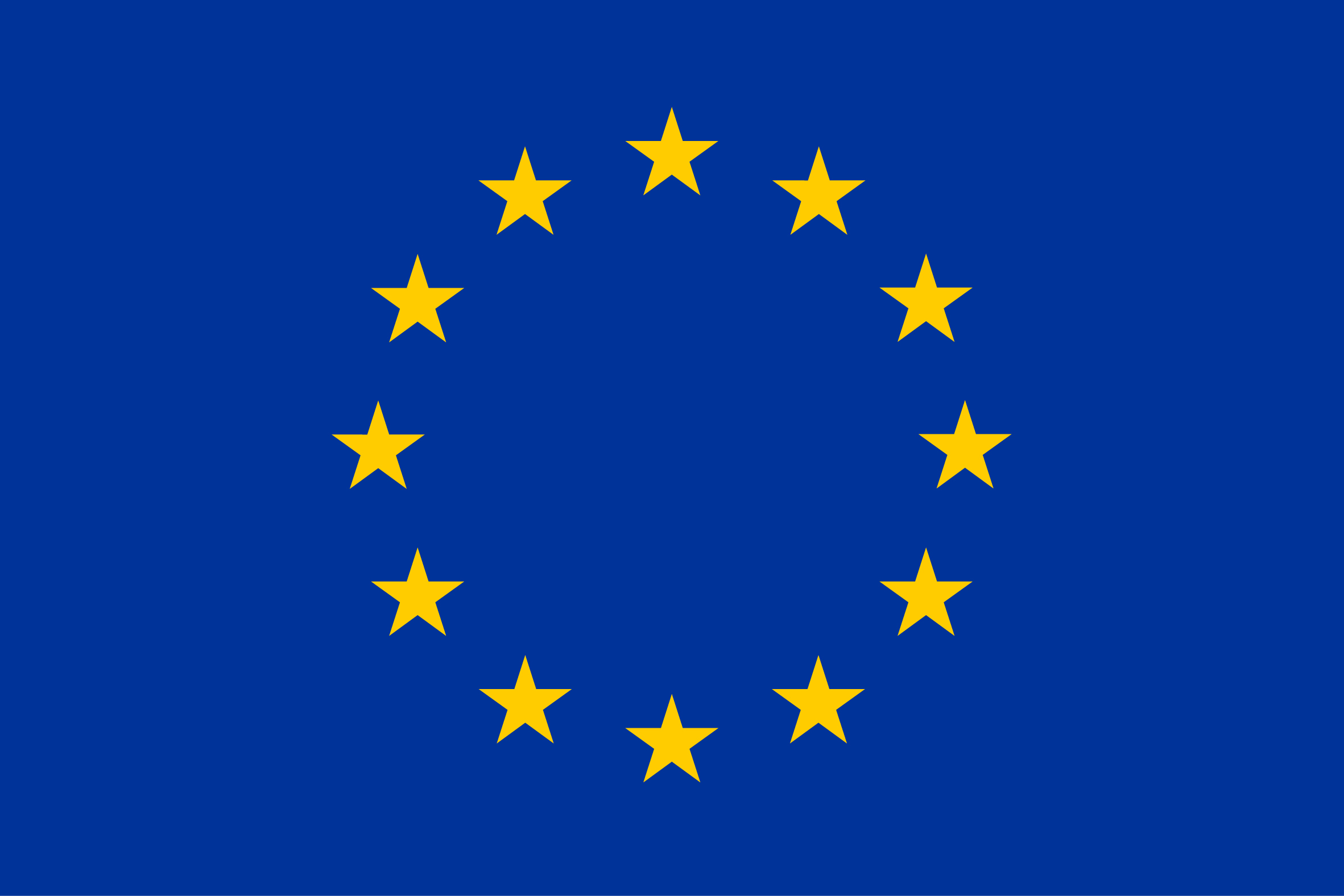No edit summary |
No edit summary |
||
| Line 72: | Line 72: | ||
Not applicable | Not applicable | ||
===Description=== | ===Description=== | ||
Not applicable | Not applicable | ||
===Creation Date=== | ===Creation Date=== | ||
| Line 92: | Line 90: | ||
==Types== | ==Types== | ||
* 0 to 125 ship | |||
* 125 to 250 ship | |||
* 250 to 375 ship | |||
* 375 to 500 ship | |||
* 500+ ship | |||
==Metadata== | ==Metadata== | ||
| Line 99: | Line 101: | ||
===Original Title=== | ===Original Title=== | ||
Enter name of the layer at the | |||
Enter name of the layer at the source. | |||
===Description=== | ===Description=== | ||
| Line 108: | Line 112: | ||
===Methodology=== | ===Methodology=== | ||
Enter here how the layer was prepared to be integrated into the MSP Challenge | |||
Enter here how the layer was prepared to be integrated into the MSP Challenge. | |||
=Adriatic Sea= | =Adriatic Sea= | ||
Revision as of 14:01, 14 March 2022
This page was last edited on 14 March 2022, at 14:01. Content is available under GPLv3 unless otherwise noted.
 Co-funded by the European Union.
Co-funded by the European Union.